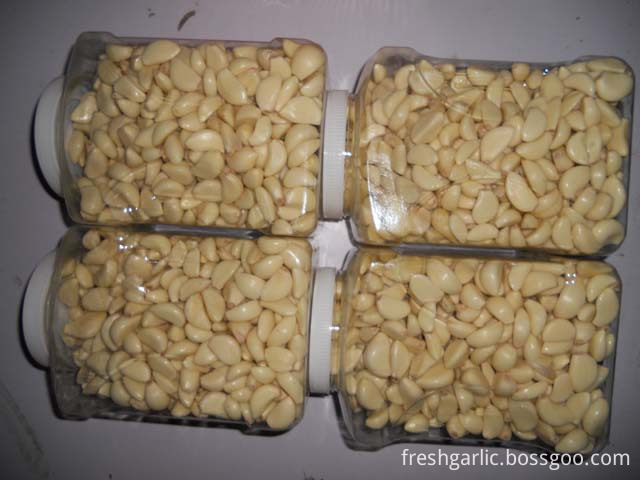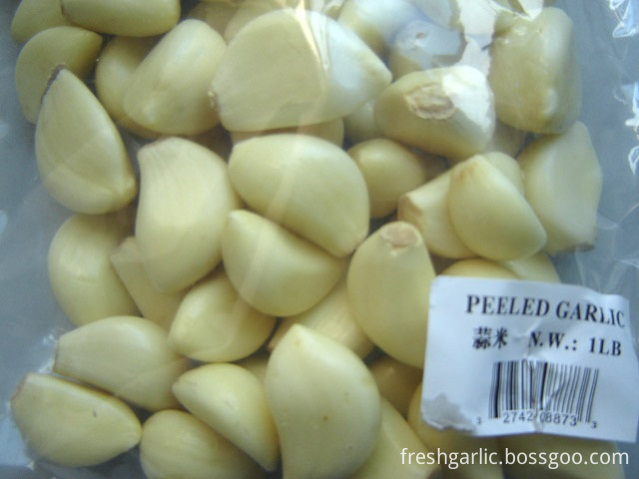Doing well in the autumn soybean production
Han Tianfu, the chief of the Institute of Crop Sciences at the Chinese Academy of Agricultural Sciences and the chief scientist of domestic science and technology, has recently conducted investigations on the growth of soybeans in the northern spring soybean region through experts in 11 soybean science and technology project pilot counties in the northeastern provinces and the Inner Mongolia Autonomous Region.
Han Tianfu believes that due to the impact of international and domestic prices, the country's soybean area has decreased this year. Therefore, we must make great efforts to increase soybean yield. At the time when the Northeast soybean is in the flowering stage, the soybeans in the Huanghuaihai region have gradually entered the flowering stage. Grasping the management in the middle and later stages is crucial for increasing soybean yield.
First of all, in light of the fact that earlier this year in parts of northeast China, the low temperatures and droughts, the delayed sowing of soybeans, and the late growth and development of the actual situation, we should promote early maturity and Baofeng harvest as the central task of later management. It is necessary to effectively strengthen field management, spray and increase foliar fertilizers to promote ripening, remove large grasses in the field, prevent lodging, and ensure normal growth and development of soybean in the middle and later stages. For soybeans that have been sown late due to previous droughts, we must shovel shovels and diligently remove weeds to ensure that the frost matures.
Second, we must pay attention to pest control and weed control. Since mid-June, there have been more rainfall in Northeast China, and overgrowth of soybeans in some areas has resulted in the closure of populations, which may lead to aggravation of important diseases such as gray leaf spot, sclerotinia, downy mildew, and Phytophthora root rot. Soybean borers, aphids, and red spiders also have a potential for disaster. Therefore, it is necessary to strengthen forecasting and timely prevention and control of pests and diseases; in addition, we must manually remove large grasses in early August to prevent grasses from competing for nutrients and seed production.
Third, according to the growth of soybeans, timely spraying foliar fertilizer to ensure the supply of nutrients in the middle and late, prevention and treatment of detrimental aging. In the flowering stage, potassium dihydrogen phosphate and growth regulators can be sprayed.
Fourth, we must be prepared to resist meteorological disasters, achieve high yields and improve quality and efficiency. For the disaster relief, the meteorological department must strengthen the radar monitoring of the hail cloud layer and quickly take preventive measures as soon as there are signs of disasters. Preventive measures such as shielding and smoking should be carried out for early frost invasion, especially for low-lying land.
Fifth, we must harvest in due course to ensure quality. Full maturity is an important prerequisite for improving the yield and quality of soybeans, and harvesting at an appropriate time is a guarantee of a bumper harvest. In the fall, we must do a good job in the maintenance of harvesting equipment and preparations for oil, accessories, drying equipment, etc., and make full preparations for harvesting; harvesting can be achieved by batch harvesting, baling, drying, etc. to ensure the progress of the harvest. Quality; pay attention to the weather conditions at the time of harvest and close them at a timely manner so as not to reduce the value of the product; for unripe land before frost, we must fight for cutting before frost to avoid freezing damage.
Sixth, it is necessary to purchase, store, and sell special varieties, ensure the quality and price of commodity soybeans, and increase the income of farmers.
Seventh, it is necessary to organize activities such as field observation, production acceptance, and high-yield competitions, sum up technical experience, cultivate typical soybean production, explore new mechanisms for improving the effectiveness of technical services, and increase the rate of technology placement, and accelerate the promotion of new varieties and new technologies. Promote the sustainable development of soybean production.
According to reports, in the eastern part of Inner Mongolia, where sowing time has been seriously affected by drought, the soybeans sown at different times have been mixed. The growth process of late sowing soybeans has been significantly delayed. The soybean growing areas in the main soybean producing areas in Northeast China and the Huanghuaihai region have generally been growing stronger. it is good. There are also no large-scale pests and diseases, but local diseases and insect pests occur from time to time.
Peeled Garlic is made of Fresh Garlic,there are two kinds fresh garlic, one is Normal White Garlic, another is Pure White Garlic. The fresh Garlic is peeled by the peeling machine or by hand.The Fresh Garlics Which are prepared for peeling are picked out carefully from various garlics. After peeling, we put them into plastic bags or bottles, then the plastic bags or bottles are putting into the cartons.
1. Commodity name: Peeled garlic
2. Size: 180 - 230grains/kg, 230 - 260grains/kg, 260 - 350grains/kg3. Packing: In carton
a) 500g*20bags
b) 1kg* 10bags
c) 5kg*2bags
d) 10kg*1bag
e) 30lbs/bag
f) 10kg/bag
g) 20lbs/bag
h) 30lbs/bag
i) 1lb 3lbs, 5lbs/jar (jars can be filled with nitrogen)
4. Supply period: All year round
5. Conveyance: 25mts/40' HR


Peeled Garlic
Peeled Garlic,Fresh Peeled Garlic,Whole Peeled Garlic,Pre Peeled Garlic
JINING FORICH FRUITS & VEGETABLES CO., LTD. , https://www.forichgarlic.com